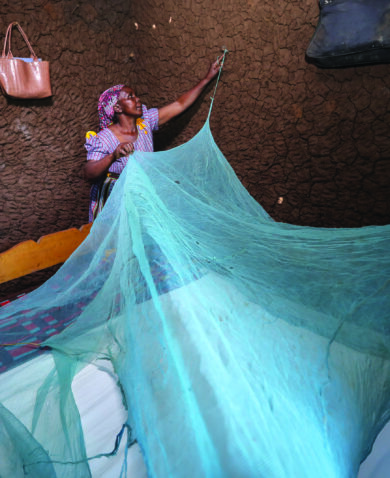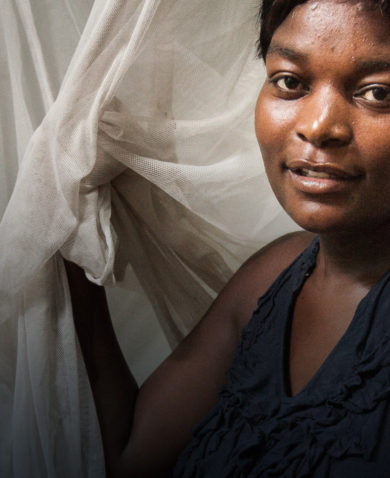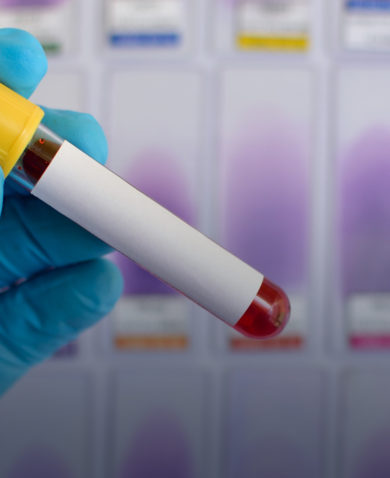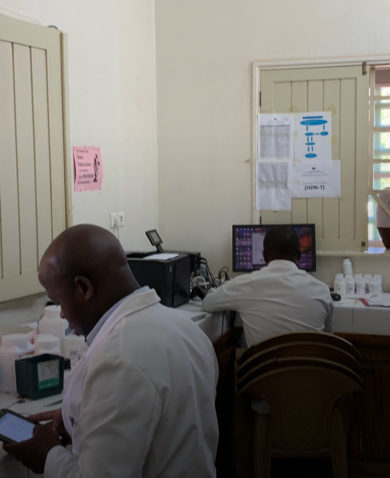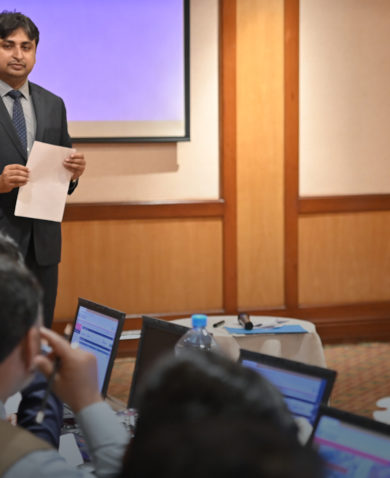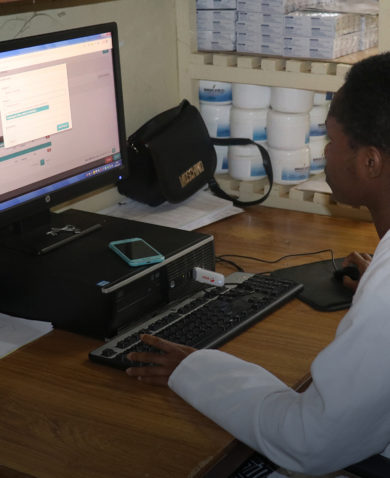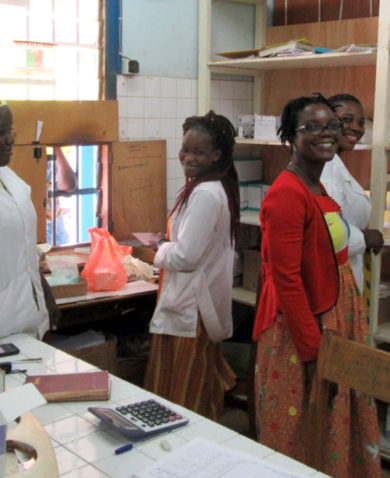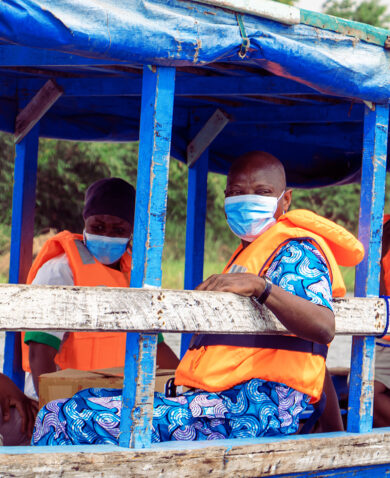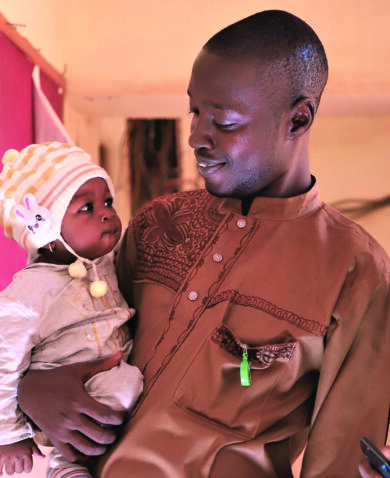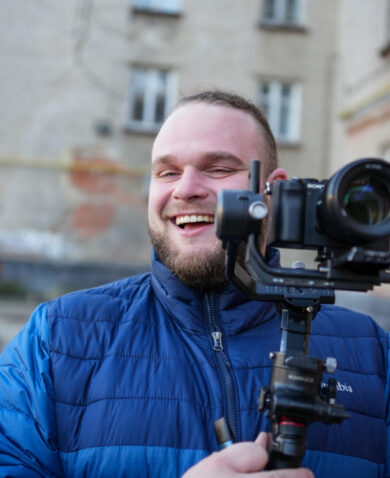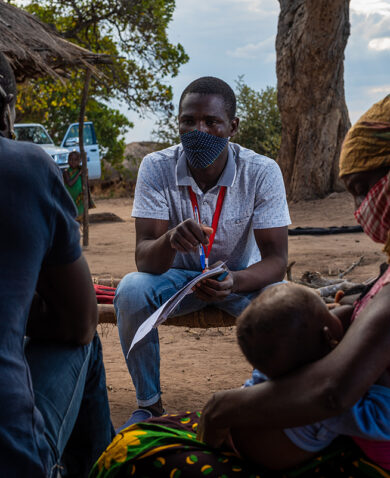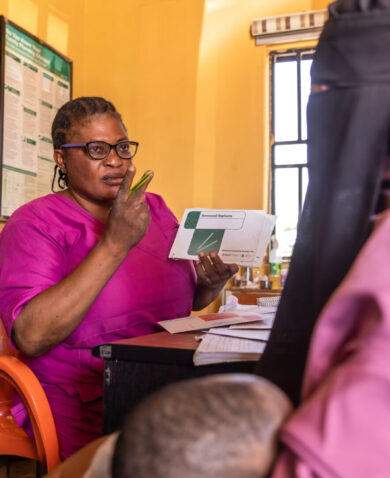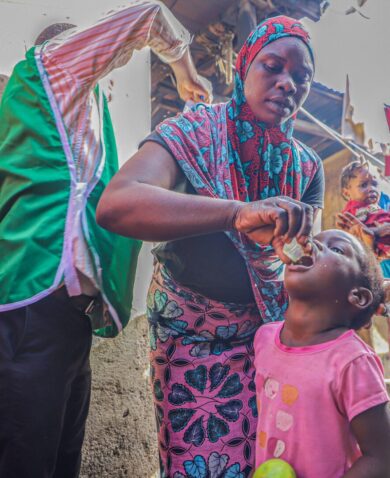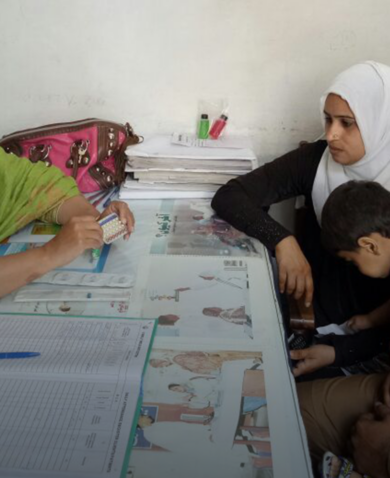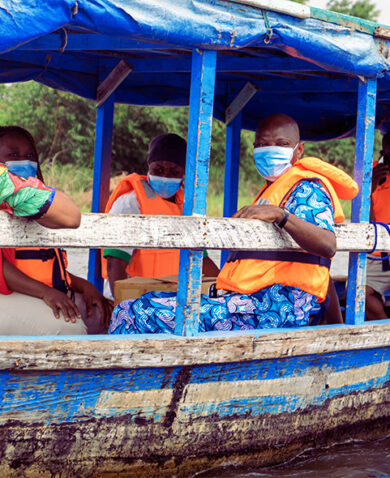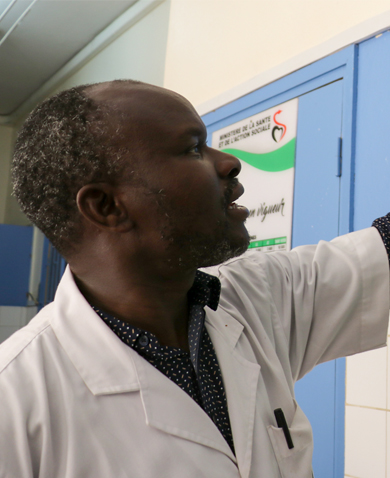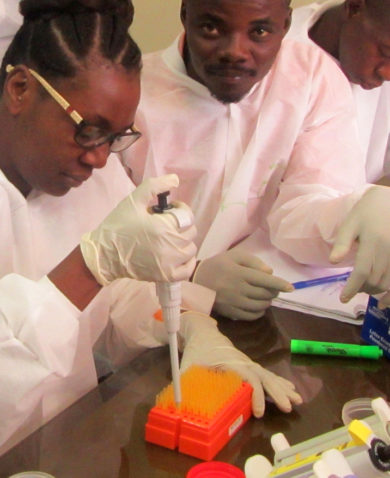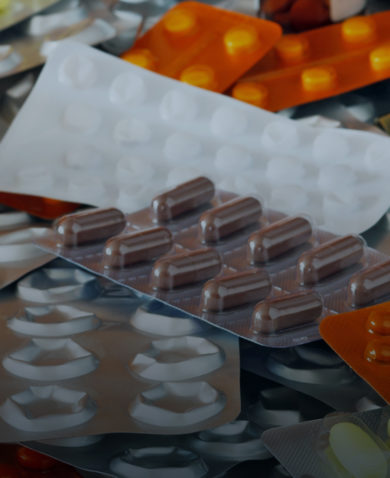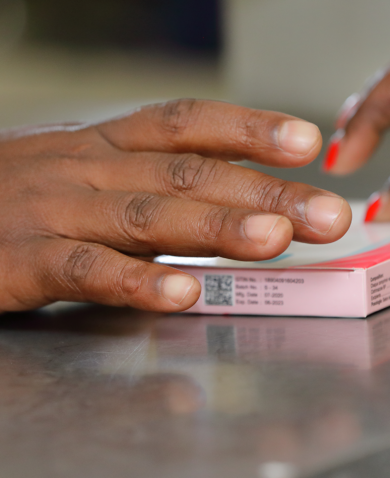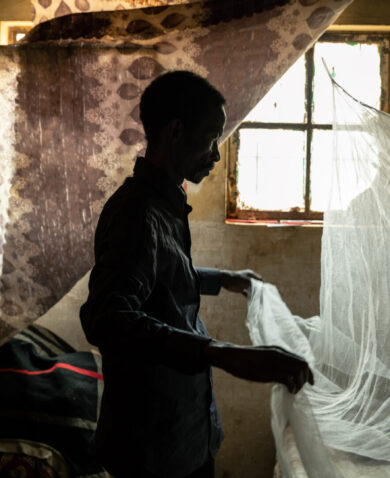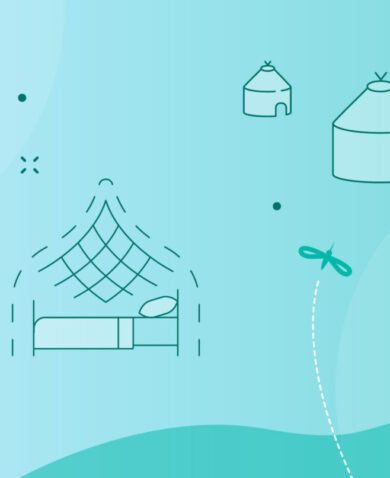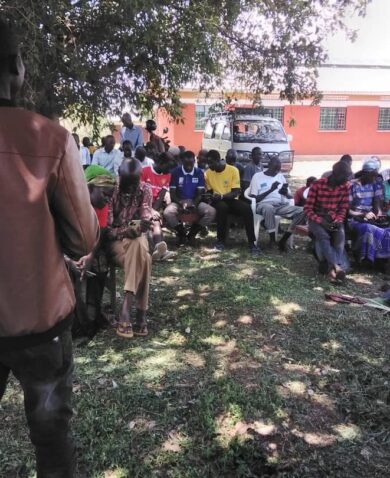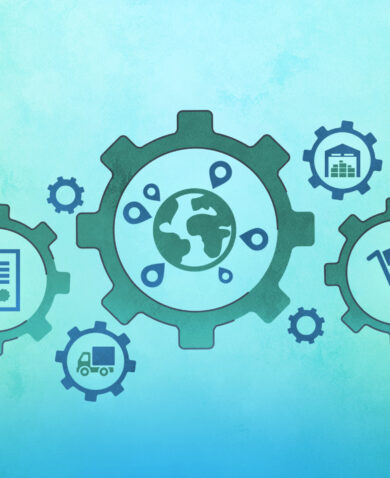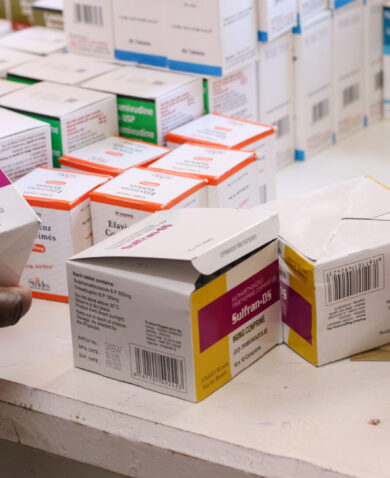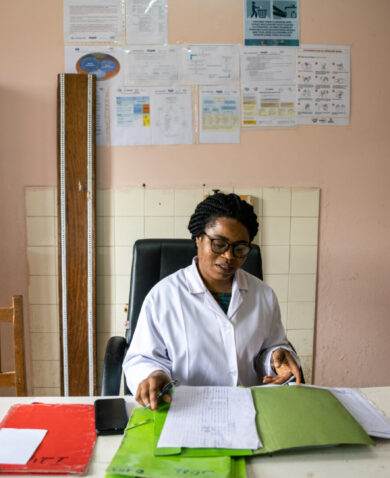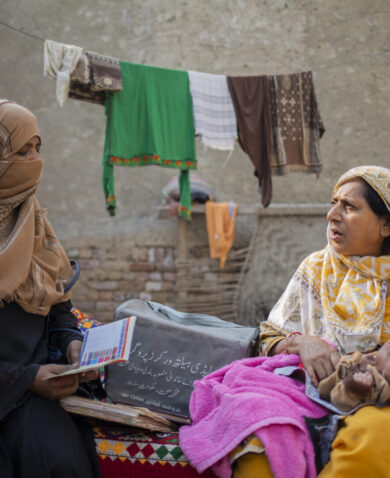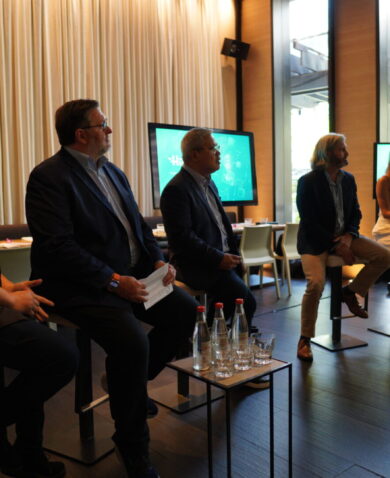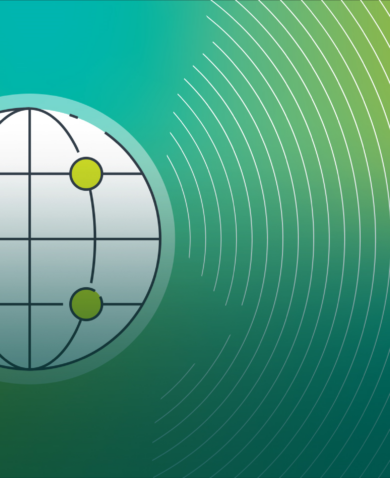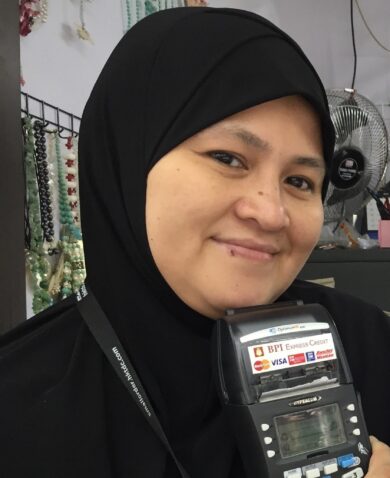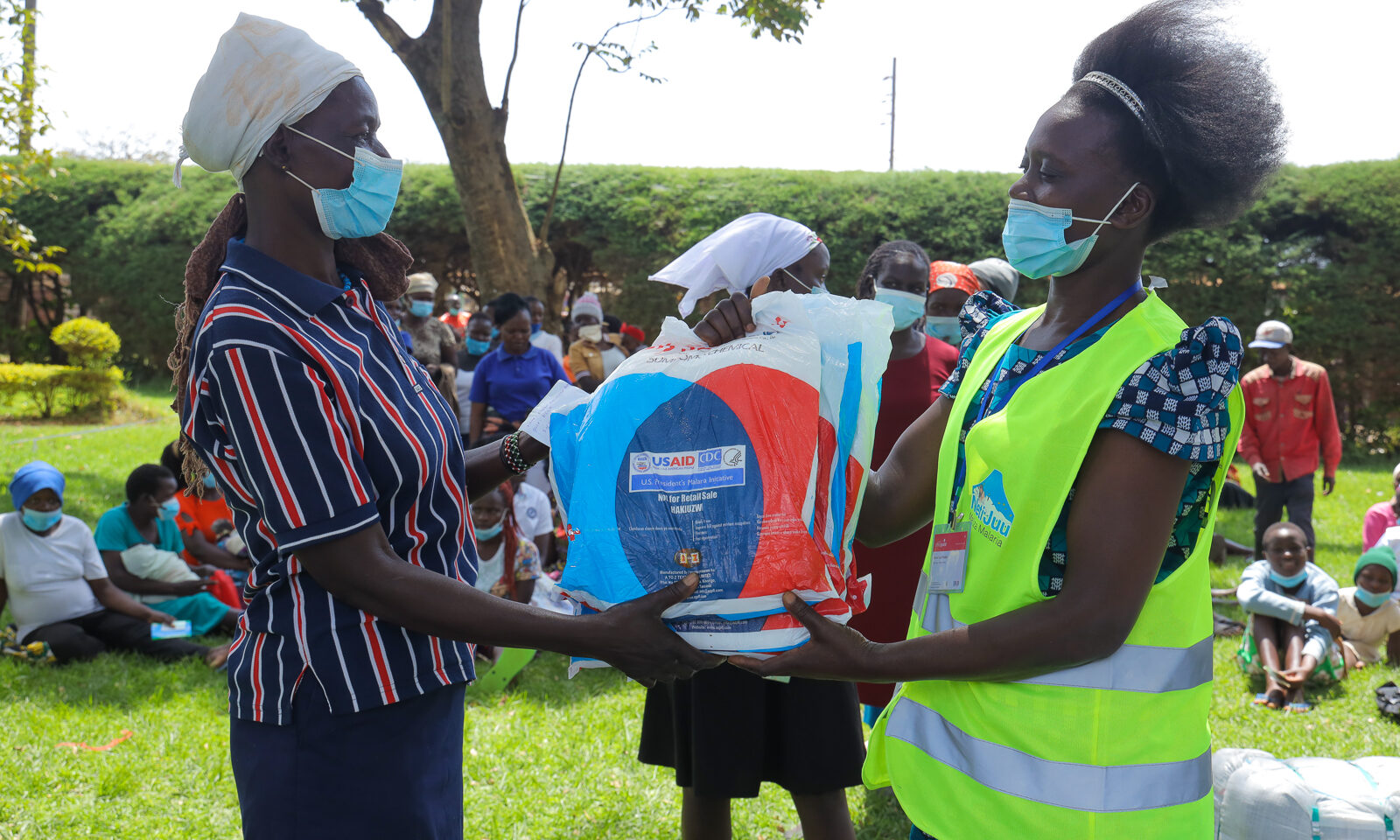
Democratic Republic of the Congo: Widening the Net of Data Capture for Improved Digital Health
May 17, 2023 | 4 Minute ReadDigital data collection and visualization tools allow for rapid feedback during campaigns to distribute insecticide-treated nets.
Strengthening the quality of services, data, and disease surveillance systems — digital health — is key to achieving universal health coverage and health equity. In countries such the Democratic Republic of the Congo (DRC), poor infrastructure and limited access to communication systems complicate progress on digital health and necessitates extra measures. This is why, in 2022, the DRC National Malaria Control Program (NMCP) made digital data collection during insecticide treated net (ITN) campaigns a national policy to improve data quality and efficiency. This is challenging in the DRC, as 80% of the population resides in peri-urban and rural areas, where electricity and internet access are limited.
The Chemonics-implemented USAID End Malaria project supports the NMCP to achieve and maintain its goal of universal access to ITNs through mass and school-based distribution campaigns. In accordance with the new policy, the project introduced digital (instead of paper-based) data collection during a January 2023 door-to-door mass campaign in Kasai province. For the first time, the project was able to collect, analyze, and use ITN data immediately after the campaign ended by using KoboToolbox (Figure 1), a free, open-source data collection and management platform, and a data visualization tool called DataVisio to digitize data collection and visualization, respectively.
During the ITN distribution in Kasai, the project distributed an average of three nets per household, for a ratio of 1.85 persons per ITN, in line with the World Health Organization (WHO) recommended universal coverage target of 1.8 persons per ITN. The project distributed almost 3 million ITNs to more than 950,000 households, benefiting approximately 5.3 million people. Digital data collection provided visibility into these outputs.
Digital data collection strengthens data use
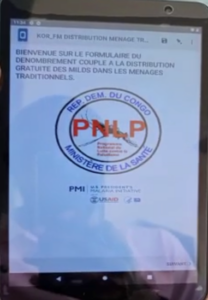
The digital data collection and visualization tools allowed rapid feedback during the ITN distribution campaign in Kasai to ensure that the appropriate number of nets were distributed per household. Data on project performance was available immediately after the campaign, compared to the 45 days needed previously to collate and analyze performance data from paper-based tools. The digital tools also allowed for an immediate generation of a sampling frame for a 5% verification of households that received ITNs, which validates within 72 hours of distribution the number of ITNs distributed in each of the sampled households.
This exercise would not be possible using paper-based data collection tools. The digital system allowed immediate correction of data errors through real-time or near real-time crosschecking and improved the ability for data collection supervisors to ensure data accuracy. For example, when an enumerator recorded 45 individuals in a household, the supervisor used geo-location features in the system to verify that it should have been only five individuals.
The project also assessed and measured key ITN indicators for the social behavioral communication campaign during distribution, including knowledge of benefits of ITNs, and sources of information on ITNs, and malaria, in general. Ninety-seven percent of people could name two benefits of using ITNs, against a target of 60%. Again, data was available in near real-time, something which historically took months following conclusion of data validation meetings. When data is timelier, management teams can provide better performance feedback and plan appropriately for future campaigns.
Overcoming challenges of digital data collection
The USAID End Malaria project creatively approached overcoming challenges of limited connectivity, access to electricity, and capacity to integrate and sustain digital data collection by:
Coordinating and facilitating data syncs. To overcome limited telephone coverage and internet connectivity, the project scheduled syncing periods every few days and provided supervisors with transportation to the nearest health facility with internet connectivity to sync the data.
Investing in the right equipment. The dearth of household access to electricity in rural DRC made it difficult for teams to charge data collection devices like tablets and portable power banks. High-capacity power banks with solar charging capabilities were only partially effective due to poor weather conditions. As a result, the project hired gasoline-powered generators and used them to charge the tablets.
Partnering with the University of Kinshasa to sustain equipment management. The project outsourced the management of nearly 5,000 tablets, the data collection process, and management of digital data to sub-partner University of Kinshasa School of Public Health as part of the project’s approach to localization and sustainability. To ensure effective data collection and management of the devices, the university mobilized more than 50 staff and post-graduate students.
Localizing data analysis and use. The project team trained the supervisors to use DataVisio during fieldwork to track performance of their supervisees and ITN distribution. This was a crucial step during the ITN distribution campaign as many people involved, particularly community health workers and their supervisors, lacked the skills to analyze and use data in the field during the campaigns, which is critical in identifying households that have been missed during door-to-door distribution.
Conclusion
The USAID End Malaria project’s digitalized data approach elevated its ITN distribution campaign to comply with national standards. It facilitated real-time availability, rapid analysis, and use of malaria program data. Similar projects should continue to strengthen digital data collection within country-led systems and programs to bring nations closer to universal health coverage.
Banner image caption: Insecticide-treated net distribution. Photo credit: GHSC–PSM | PSAYS PHOTOGRAPHY
Posts on the blog represent the views of the authors and do not necessarily represent the views of Chemonics.





